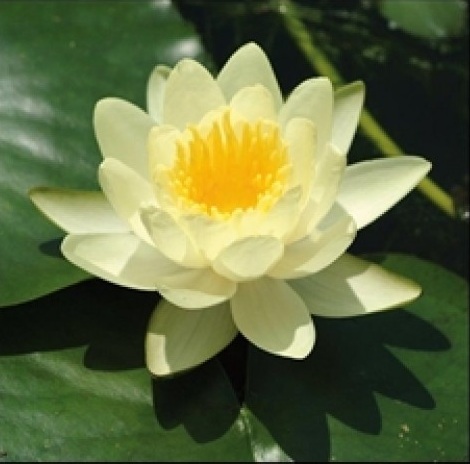

CHF 9.90
Stock: 0
Available in 1-3 days, acquisition time 14 days

Sagittaria subulata var. pusilla - Zwergpfeilkraut
| max. Wuchshöhe | 10 - 40 cm | Herkunftsland | USA / Südamerika |
|---|---|---|---|
| Eignung | Diskusaquarium, NanoCube und Gesellschaftsaquarium | Typ | Rosettenpflanze |
| Familie | Alismataceae | Gattung | Sagittaria |
| Vermehrung | Ausläufer | Wuchsgeschwindigkeit | mittel |
| pH | 5 - 8 | Wasserhärte | 0 - 15 °dh |
| Hinweise | |||
Das kleine Pfeilkraut ist eine beliebte Aquarienpflanze mit sehr schmalen, bandförmigen Blättern. Auf den ersten Blick sehen diese den Blättern von Vallisnerien sehr ähnlich. Die Wuchshöhe der Sagittaria subulata var. pussila ist sehr variabel von wenigen Zentimetern bis zu 40 cm. Nur bei guter Beleuchtung bleibt das Pfeilkraut schön kurz für den Vordergrundbereich. Durch regelmäßiges Entfernen von Ausläufern mit längeren Blättern kann man den Pflanzenteppich kurz halten. Im mittelharten bis harten Wasser wächst diese Art am besten, bei der Wassertemperatur ist die Art sehr tolerant.
| Aquarium: | Community aquarium, Nano Aquarium |
|---|---|
| Genus: | Sigittaria |
| Growth: | medium |
| Origin: | South and Central America |
| Properties: | In-Vitro, Rosette plants |
| Stand: | In the foreground |
1 of 1 reviews
5 out of 5 stars
Login
10 October 2025 16:27
Très bien. Conforme à la description
Très bien. Conforme à la description
Customers also bought
Similar products
Customers also viewed








.jpg)













